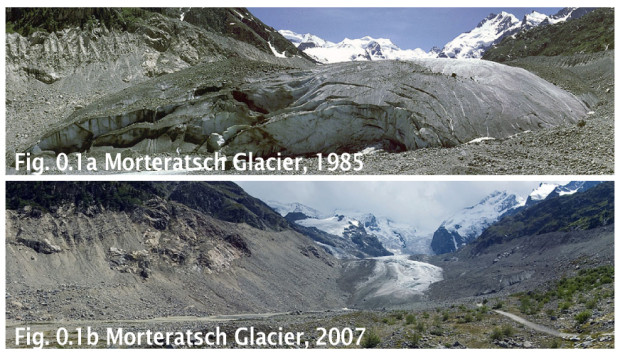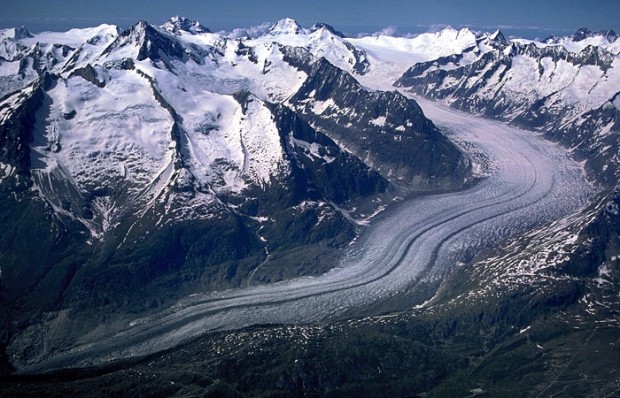
NASA’s Jet Propulsion Laboratory recently finished a study that shows that Europe’s glaciers may have begun their rapid melting in the 1860s due to soot from the industrial revolution. It’s thought by NASA that this soot absorbed sunlight and greatly accelerated the melting of Europe’s glacier system.
“If you look back through the 1600s and 1700s, the glaciers were big and quite stable. That’s probably because Europe was in a prolonged cold spell, known as the Little Ice Age. “And then around 1860, 1865, [the glaciers] all started to retreat to lengths that they had not in the previous few hundred years.”
“It dawned on me that industrialization was kicking off then. We have these visions from Charles Dickens and others of that time — the mid-1800s — of a huge amount of soot being pumped out into the atmosphere, not just in England but in France and Germany and Italy.”– NASA’s Tom Painter
Listen to and read the full NPR story here:
Pollution, Not Rising Temperatures, May Have Melted Alpine Glaciers

EUROPEAN GLACIAL FACTS:
– Europe’s glaciers started melting rapidly in the 1860s
– Some of the largest glaciers had melted back over half a mile within 50 years
– 1600s and 1700s the glaciers were very stable (during little ice age)
– Europe didn’t start warming up until 1910s and 1920s
– Soot found in ice samples high up in Europe’s glaciers

Europe’s glacier have had insane amounts of recession. This new study by NASA fits pretty well.
This make a lot of sense and is very interesting. thanks for posting.